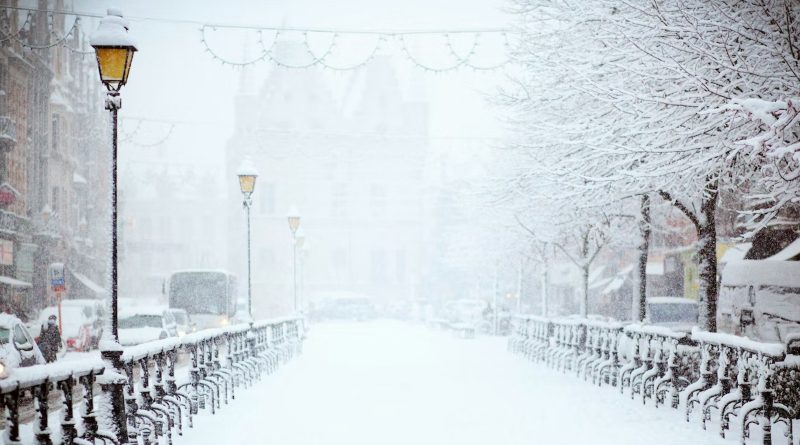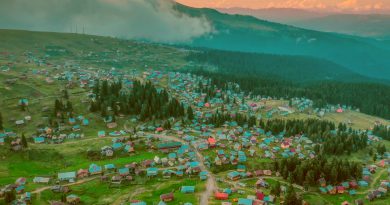New Year in Adjara
In different parts of Georgia, the New Year is mostly celebrated with modern traditions, although every corner has its own unique traditions. In this blog we will talk about some ancient Adjarian New Year traditions, so let’s start:
- According to the old tradition, before the arrival of the new year, the family had to return the various things given to others or money borrowed during the year. A few hours before the arrival of the New Year, a ram decorated with colorful things was brought into the living room, which was considered a symbol of abundance and good fortune. At 12 o’clock at night, as a sign of longevity and joy, a man would go outside and shoot a gun in the air, and in the morning he would go down to the cowshed and drag an iron chain, which was equated with the continuity of the abundance of live stock. At that time, the housekeeper of the family would go to the yard and bring home a jug full of water, which she would sprinkle in the room.
- To encourage sweetness and abundance throughout the year, the housewife would spread mixed rice and sugar in every corner of the room. The housewife had to wear a red dress, which is a continuation of the ancient Adjarian tradition, according to which the bride/queen wore a red dress. On the second day of the new year, it was customary to go to visit relatives and it still is.
- Young people walked around the village almost until dawn and congratulated all the families on the arrival of the new year with a Christian song: ”I stepped in, congratulations, Have the mercy of Saint Basil, Be filled by his grace with bread and wine.”
- Ferkhva (first visitor) was very important in Adjara. ”Preference was given to the ferkhva of a child, especially a boy child. In the morning, they stopped the children at the gate and instructed them not to let strangers in, i.e. those whose luck they had not experienced, what would it be like in the New Year” says ethnologist Ineza Zoidze.
- Traditional Adjarian dishes were served on the New Year’s table: kharcho, khalwa, walnut-honey cake, and the necessary attribute of the Adjarian New Year’s table – ”boiled corn” Ethnologist Ineza Zoidze says – ”When corn increased in volume during cooking, it was associated with an increase in the family, this tradition has survived to this day in the villages of Adjara.”
- Santa Claus, as well as decorating the Christmas tree, is a late tradition in Upper Adjara. ”These traditions were established in the second half of the twentieth century, in the 70-80s, and in the 90s, they became more active. In the old days in Adjara, there is no sign that Santa Claus was given any special role, such importance was given to the person who was the first visitor of the this family on the new year,” says ethnologist Ineza Zoidze.




